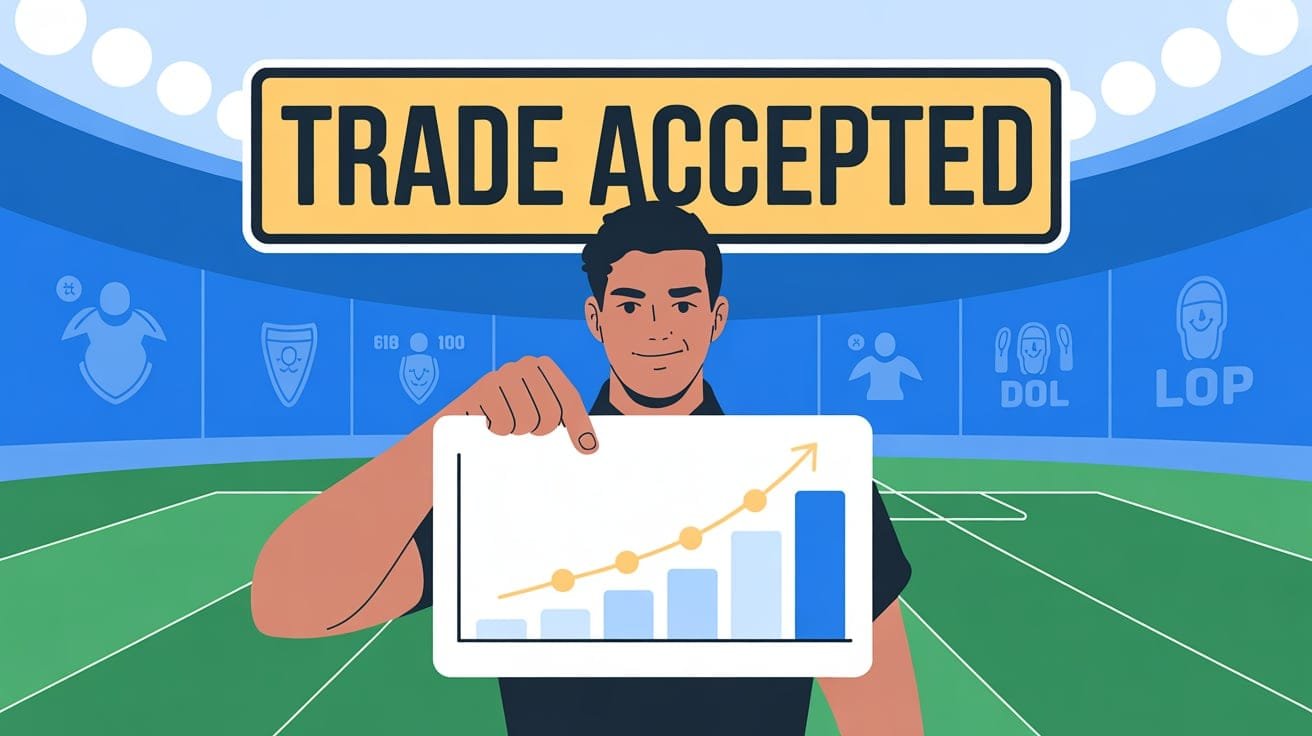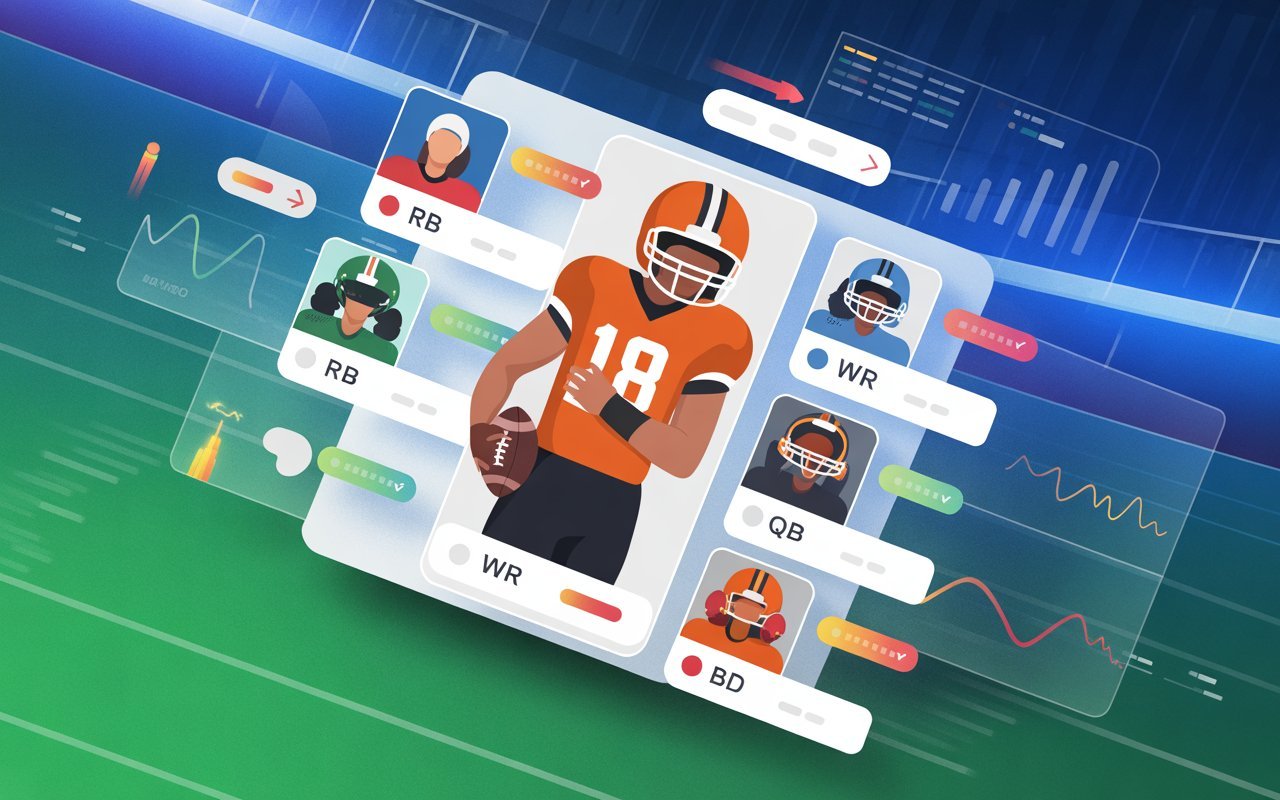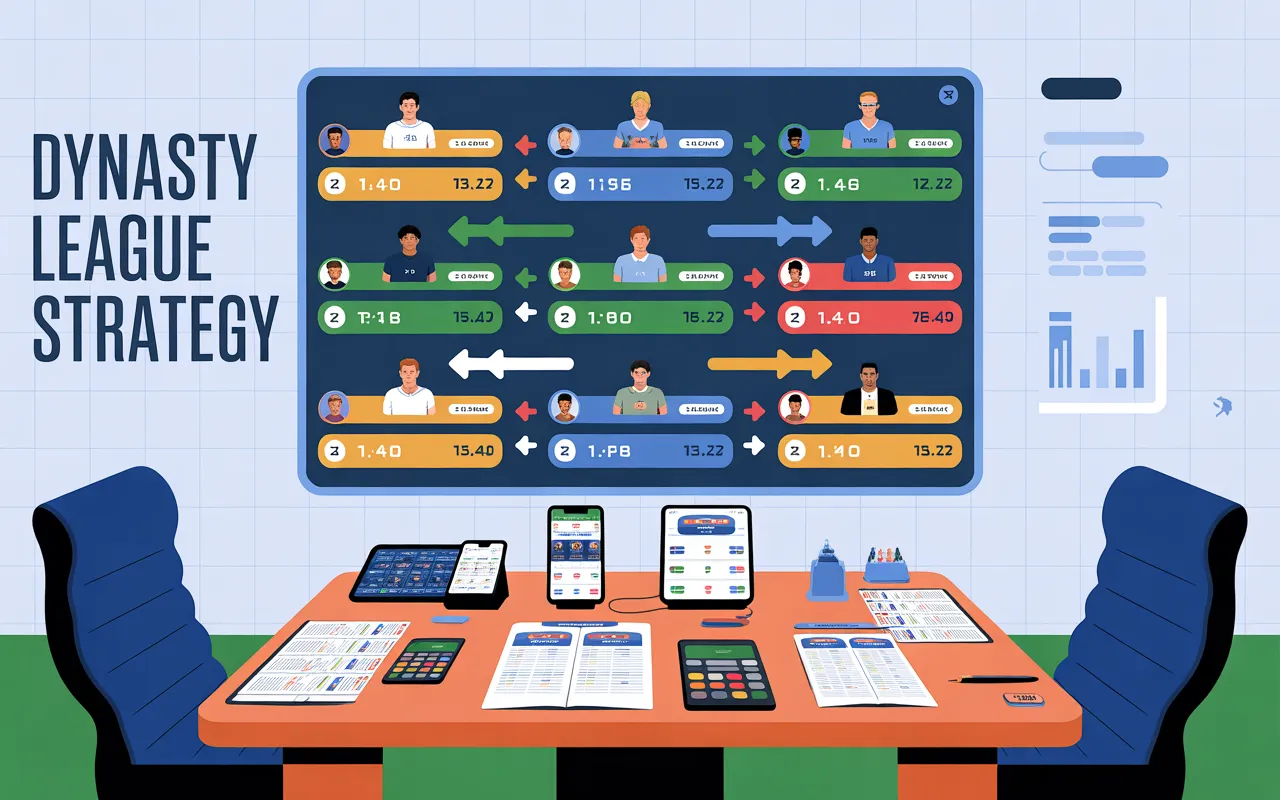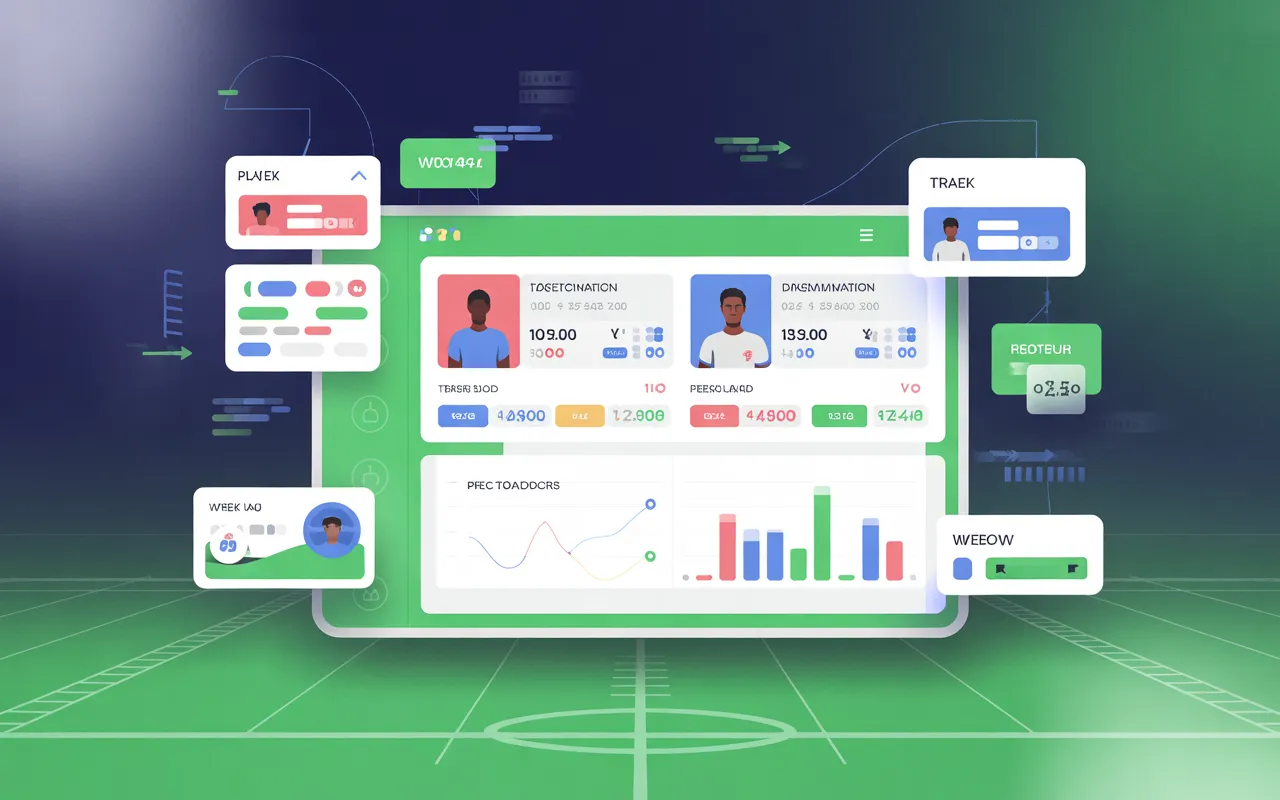In fantasy football, trades can make or break your season. One wrong move and you’re stuck with an underperforming player while your opponent runs away with a breakout star. The key question most managers struggle with is simple yet tricky: when to accept a trade. Timing matters just as much as player evaluation. Accepting too fast can leave value on the table, while waiting too long could cost you a deal that changes your playoff chances.
According to Yahoo Fantasy Sports, more than 65% of league-winning teams in 2024 made at least one successful mid-season trade. That stat proves trades aren’t just optional—they’re essential. But here’s the catch: not every offer deserves a “yes.” You need clear rules, signals, and context before hitting accept. In this guide, we’ll break down 5 must-know tips that help you decide with confidence. Along the way, you’ll learn how to use Fantasy Trade Analyzers to evaluate offers instantly, avoid mistakes, and outsmart your league mates.
👉 Want instant trade grades? Try our free Fantasy Trade Analyzers tool today.
1. Recognize Key Signals of When to Accept a Trade
Not every trade is created equal. Look for these signals:
- Roster need alignment: Does the trade fix a weakness (RB depth, WR upgrades, QB in Superflex)?
- Value consistency: Use tools like Fantasy Trade Analyzers to check if the deal is fair.
- Playoff schedule impact: Don’t ignore Weeks 14–17 matchups.
- Injury status: If a player’s value will drop soon, act fast.
- Market timing: A hot streak often inflates value—perfect sell-high moments.
💡 Pro Tip: Never accept blind. Always compare trade value charts and future projections before clicking confirm.
2. When to Accept a Trade in Dynasty Leagues
Dynasty trades are all about timelines. Should you prioritize future picks or current production?
- Rebuilders should accept trades flipping veterans for rookie picks.
- Contenders should prioritize playoff-ready assets over uncertain futures.
- Youth vs. vets: Don’t hold aging stars too long—value evaporates quickly.
📊 Example: Trading a 30-year-old RB for a 2026 1st round pick may feel painful now, but dynasty math says it’s often the right move.
👉 Get dynasty-specific trade values with Fantasy Trade Analyzers.
3. Trade Deadlines: Don’t Miss Your Window
Every league has a cutoff. ESPN standard leagues end on Wednesday, November 23. Waiting too long risks missing out.
Ask yourself:
- Does this move help my playoff push?
- Am I solving a bye-week depth issue?
- Can I survive without this trade if it falls through?
🔥 Urgency matters. If the deal improves win probability immediately, don’t hesitate.
4. Context-Specific Scenarios
Different leagues = different rules. Let’s break down popular situations:
In PPR Leagues
- Receptions boost WR/RB value. Accept WR-heavy trades more often.
- Look at target share not just yards.
In Superflex Leagues
- QBs are king. Accept QB trades even if slightly overpriced.
- Scarcity drives value.
Keeper Leagues
- Think 2 years ahead. Don’t accept if the “keeper” cost outweighs short-term gain.
Rebuild Strategies
- Accept trades that give rookie picks or youth assets.
- Ignore short-term noise like bye weeks.
Fantasy managers love their gut instincts—but numbers win championships.
- Use projections to compare expected points.
- Check injury timelines before accepting.
- Look at strength of schedule (ROS).
Expert Quote:
Matthew Berry, Fantasy Analyst
“Smart managers treat every trade like a stock investment. You buy undervalued assets, sell overpriced ones, and always check market trends.”
For a deeper dive into making smarter deals, check out our guide on Fantasy Football Trade Strategy to refine your approach.

My Personal Case Study: Trade Gone Wrong (and Right)
Last season, I accepted a trade too quickly. I swapped Josh Jacobs for Joe Mixon the day before Jacobs returned from injury. At first, I felt robbed. But I later used Mixon in a package deal to land Amon-Ra St. Brown, who carried me through the playoffs.
Lesson? Don’t panic after one mistake. Use tools like Fantasy Trade Analyzers to see the bigger picture and long-term impact. It saved my season and turned regret into strategy.
👉 Learn from my misstep always double-check trade math with Fantasy Trade Analyzers.
Conclusion
Knowing when to accept a trade is about timing, context, and data. Whether it’s dynasty, PPR, or a last-minute deadline deal, smart decisions separate contenders from pretenders. Always weigh roster needs, player health, and playoff implications before saying yes.
👉 Ready to dominate your league? Bookmark this guide, check out our trade strategies, and try our free Fantasy Trade Analyzers tool today and get instant trade insights.
FAQ About When to accept a trade
How do I know when to accept a trade in fantasy football?
Check roster needs, playoff matchups, and trade value calculators. If the deal boosts your team immediately or long-term, accept.
Is it better to wait or accept trades fast?
If the offer fills a gap and value is fair, accept quickly. Waiting risks injury, lineup changes, or offer withdrawal.
Should I accept a trade if a player just got injured?
Only if replacement value outweighs the risk. Use tools like Fantasy Trade Analyzers to project rest-of-season outcomes.
Why should I use Fantasy Trade Analyzers instead of others?
Unlike generic tools, Fantasy Trade Analyzers adjusts for league type (PPR, dynasty, superflex) and playoff schedules. Try it free here.
Do playoff schedules matter when deciding trades?
Yes. Always analyze Weeks 14–17 matchups. A strong playoff schedule can turn an average player into a league winner.







